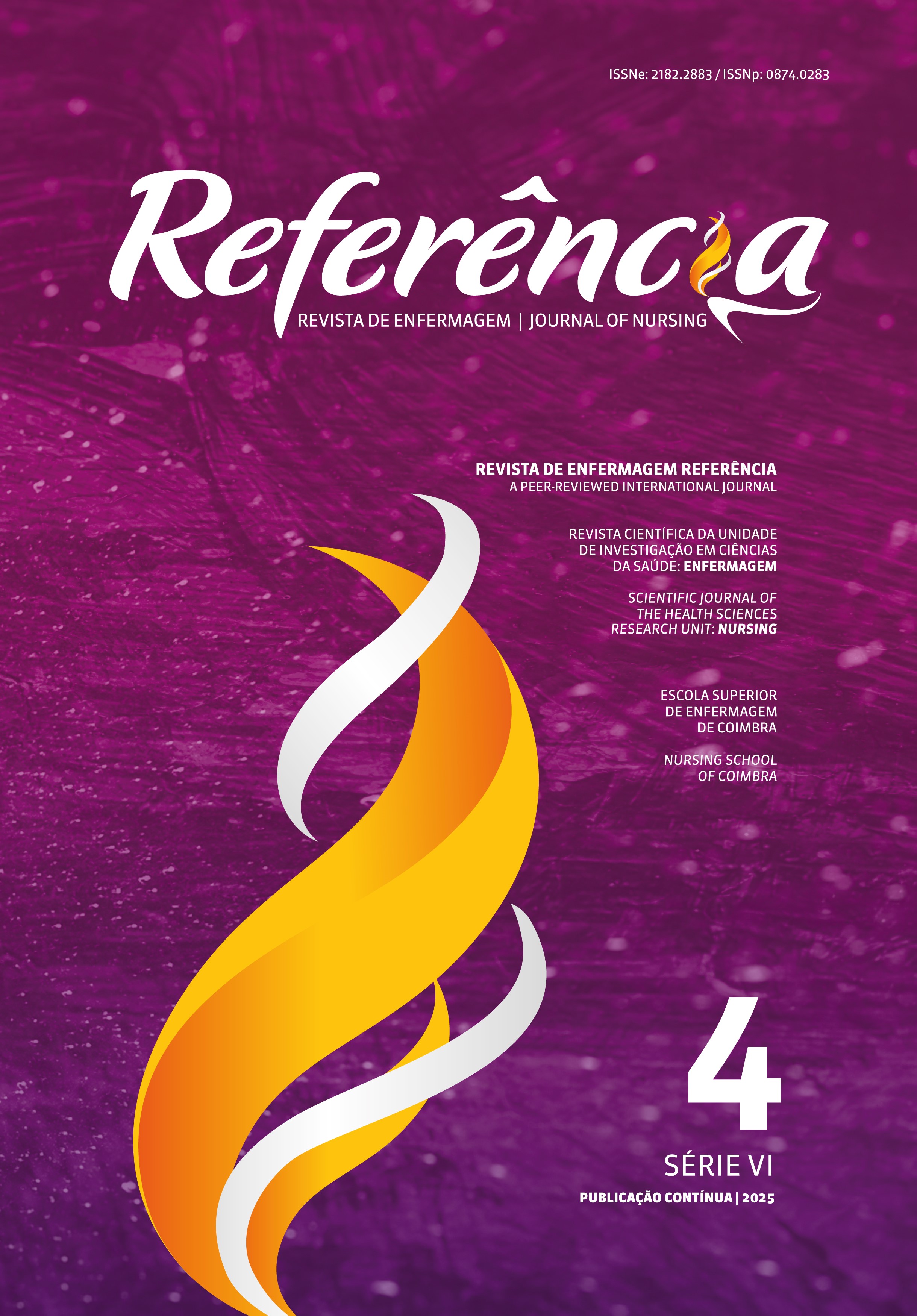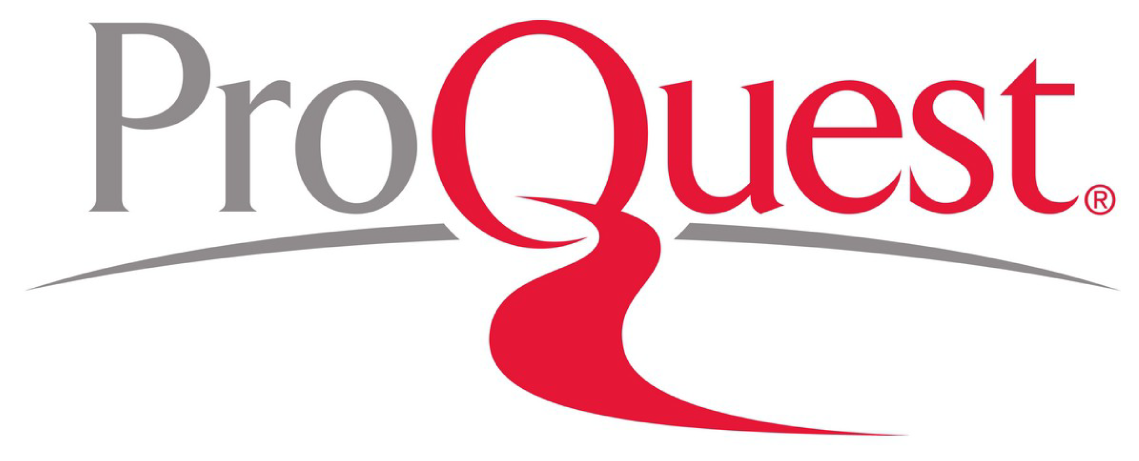Efecto de la crioterapia sobre la temperatura de la superficie de la rodilla en el contexto de una artroplastia total: Un estudio casiexperimental
DOI:
https://doi.org/10.12707/RVI23.68.31331Palabras clave:
artroplastia de rodilla, crioterapia, temperatura cutáneaResumen
Marco contextual: La crioterapia se utiliza en el posoperatorio de la artroplastia total (AT) de rodilla para reducir el dolor, la inflamación, la pérdida de sangre, el metabolismo celular y la contención del edema. La crioterapia consigue efectos terapéuticos para valores de temperatura de la superficie cutânea (TempSC) = 15ºC.
Objetivo: Evaluar el efecto de la crioterapia utilizando diferentes interfaces sobre la TempSC de la rodilla de la persona sometida a una AT.
Metodología: Estudio casiexperimental, factorial 1X4X6, una modalidad de crioterapia (bolsa de hielo) frente a cuatro interfaces - vendaje Robert Jones (LRJ), malla tubular (MT), tela fina (PF) y compresa no tejida (CNT) - frente a seis tiempos de aplicación de la crioterapia (10, 20, 30, 40, 50 y 60 minutos). La muestra de conveniencia incluyó 60 participantes, asignados aleatoriamente a cuatro grupos experimentales (interfaces). Se realizaron 720 aplicaciones de crioterapia.
Resultados: En ninguno de los grupos experimentales se produjo un descenso de la TempSC para valores terapéuticos y se obtuvieron las siguientes medias: LRJ = 34,13ºC; MT = 23,90ºC; PF = 22,84 ºC y CNT = 21,92ºC.
Conclusión: En las condiciones experimentales estudiadas, la crioterapia no tuvo ningún efecto terapéutico.
Descargas
Citas
Agency for Healthcare Research and Quality (2022). Total-knee-replacement-statistics. https://idataresearch.com/total-knee-replacement-statistics-2017-younger-patients-driving-growth/
Aggarwal, A., Adie, S., Harris, I. A., & Naylor, J. (2023). Cryotherapy following total knee replacement. Cochrane Database System Revue, 9(9), CD007911. https://doi.org/10.1002/14651858
American Academy of Orthopaedic Surgeons (2020). Total knee replacement. https://orthoinfo.aaos.org/en/treatment/total-knee-replacement/
Bélanger, A. Y. (2015). Therapeutic electrophysical agents: Evidence behind practice (3ª ed.). Lippincott Williams & Wilkins.
Cameron, M. (2019). Agentes físicos en rehabilitación: Práctica basada en la evidencia (5ª ed.). Elsevier.
Coutinho, C. (2019). Metodologia de investigação em ciências sociais e humanas: Teoria e prática (2ª ed.). Edições Almedina.
Demoulin, C., Brouwers, M., Darot, S., Gillet, P., Crielaard, J. M., & Vanderthommen, M. (2012). Comparison of gaseous cryotherapy with more traditional forms of cryotherapy following total knee arthroplasty. Annals of Physical and Rehabilitation Medicine, 55(4), 229–240. https://doi.org/10.1016/j.rehab.2012.03.004
Gregório, O., Cavalheiro, R., Tirelli, R., Fréz, A., Ruaro, M., & Ruaro, J. (2014). Influence of cryotherapy application time on skin sensitivity. Revista Dor, 15(1), 9-12. https://doi.org/10.5935/1806-0013.20140003
Ibrahim, T., Ong, S. M., & Taylor, G. J. (2005). The effects of different dressings on the skin temperature of the knee during cryotherapy. The Knee, 12(1), 21–23. https://doi.org/10.1016/j.knee.2004.02.006
Janwantanakul, P. (2004). Different rate of cooling time and magnitude of cooling temperature during ice bag treatment with and without damp towel wrap. Physical Therapy in Sport, 5(3), 156–161. https://doi.org/10.1016/j.ptsp.2004.02.004
Kanlayanaphotporn, R., & Janwantanakul, P. (2005). Comparison of skin surface temperature during the application of various cryotherapy modalities. Archives of Physical Medicine and Rehabilitation, 86(7), 1411–1415. https://doi.org/10.1016/j.apmr.2004.11.034
Knight, K. (2000). Crioterapia no tratamento das lesões esportivas. Editora Manole.
Love, H. N., Pritchard, K. A., Hart, J. M., & Saliba, S. A. (2013). Cryotherapy effects, part 1: Comparison of skin temperatures and patient-reported sensations for different modes of administration. International Journal of Athletic TherapY &Training, 18(5), 22–25. https://doi.org/10.1123/ijatt.18.5.22
Marôco, J. (2018). Análise estatística com o SPSS statistics (7ª ed.). ReportNumber.
Merrick, M. A., Jutte, L. S., & Smith, M. E. (2003). Cold modalities with different thermodynamic properties produce different surface and intramuscular temperatures. Journal of Athletic Training, 38(1), 28–33. https://www.ncbi.nlm.nih.gov/pmc/articles/PMC155508/
Ostrowski, J., Purchio, A., Beck, M., & Leisinger, J. (2019). Effectivenessof salted ice bag versus cryocompression on decreasing intramuscular and skin temperature. Journal of Sport Rehabilitation, 28(2), 120–125. https://doi.org/10.1123/jsr.2017-017
Santos, V., Cardoso, C., Figueiredo, C., & Macedo, C. (2015). Effect of cryotherapy on the ankle temperature in athletes: Ice pack and cold water immersion. Fisioterapia em Movimento, 28(1), 23–30. https://doi.org/10.1590/0103-5150.028.001.AO02
Tassignon, B., Serrien, B., Pauw, K., Baeyens, J.-P., & Meeusen, R. (2018). Continuous knee cooling affects functional hop performance: A randomized controlled trial. Journal of Sports Science & Medicine, 17(2), 322–329.
Thacoor, A., & Sandiford, N. A. (2019). Cryotherapy following total knee arthroplasty: What is the evidence? Journal of Orthopaedic Surgery, 27(1), 1-6. https://doi.org/10.1177/2309499019832752
Tomchuk, D., Rubbley, M. D., Holcomb, W. R., Guadagnoli, M., & Tarno, J. M. (2010). The magnitude of tissue cooling during cryotherapy with varied types of compression. Journal of Athletic Training, 45(3), 230–237. https://doi.org/10.4085/1062-6050-45.3.230
Ueyama, M., Takamura, D., Nakajima, R., Harada, J., Iwata, K., Maekawa, T., Iwaki, K., & Yasuda, T. (2018). Alterations in deep tissue temperature around the knee after total knee arthroplasty: Its association with knee motion recovery in the early phase. Physical Therapy Research, 21(1), 1–8. https://doi.org/10.1298/ptr.E9931






















